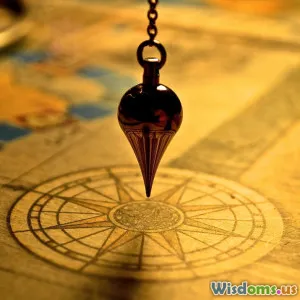
Comparing Academic Versus Creative Writing Differences That Matter
16 min read Explore the essential differences between academic and creative writing, highlighting their unique purposes, styles, audiences, and techniques with illustrative examples. (0 Reviews)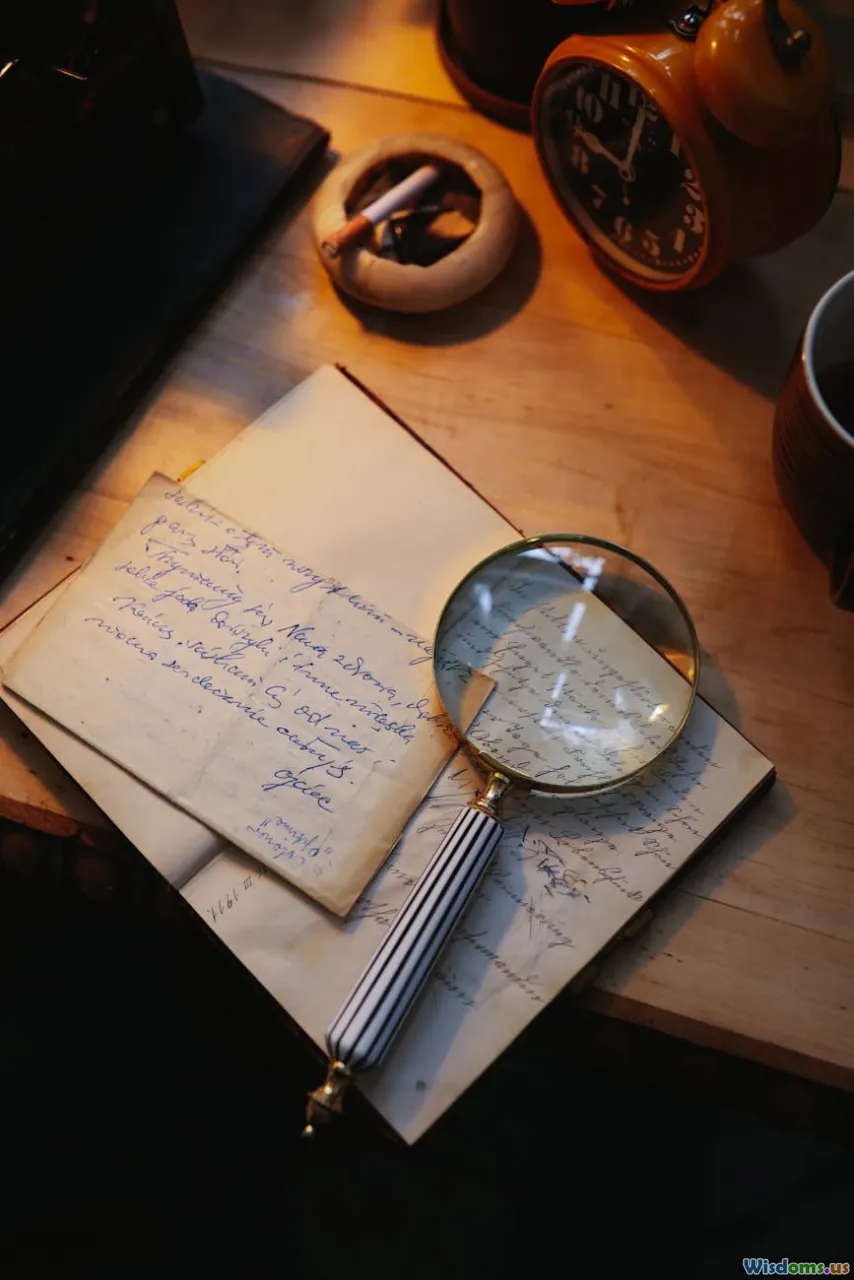
Comparing Academic Versus Creative Writing: Differences That Matter
When you pick up a scientific journal article and then flip to a bestselling novel or a lit magazine’s short story, the contrast could not be more pronounced. Both are forms of writing, but their demands, expectations, and expressive freedoms are worlds apart. Whether you are striving to earn top marks in college essays or yearning to unleash your inner storyteller, understanding the intrinsic differences between academic and creative writing can transform how you approach words — and even reshape your career trajectory.
Purpose and Audience: Writing With Distinct Goals
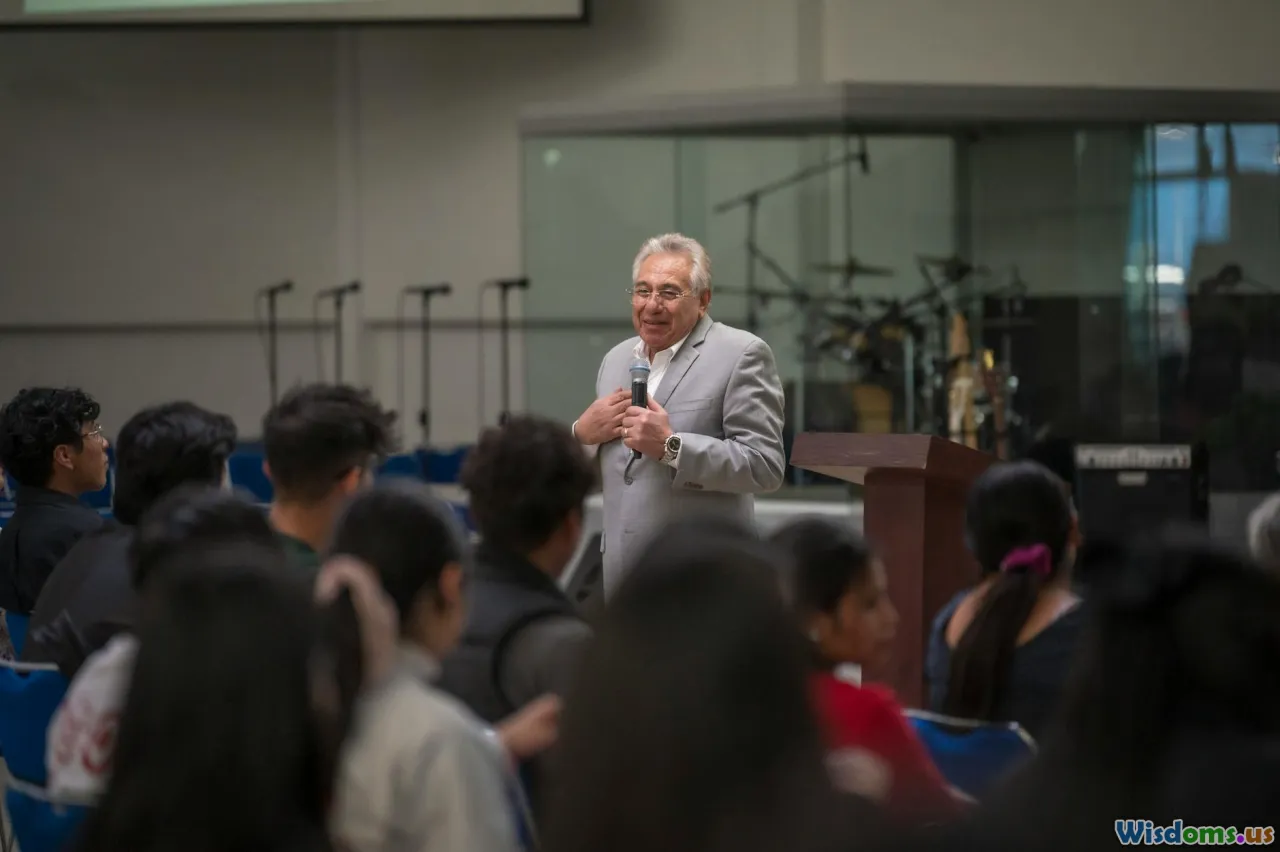
At the core of any writing is an intention: why does the work exist, and for whom? Academic writing is shaped by its purpose to inform, argue, or analyze. Its target audience typically includes peers, professors, researchers, or professionals seeking factual, rigorously referenced material. A university essay on climate change, for example, will be expected to contribute thoughtfully to scholarly discourse while demonstrating familiarity with current research.
Creative writing, in contrast, thrives on engagement and imagination. It exists to entertain, provoke emotion, or offer a fresh perspective. Whether it's flash fiction, poetry, or a personal memoir, the creative writer’s primary goal is to connect with a reader personally. The audience could be broad — from young adults to seasoned literature aficionados. Consider how J.K. Rowling’s Harry Potter series is crafted not just to tell a story, but to transport and delight audiences of all ages.
Key Takeaways
- Academic writing: Purpose is to argue, inform, or report findings; audience expects depth, objectivity, and citations.
- Creative writing: Purpose is to evoke, stir, or entertain; audience seeks emotional engagement and aesthetic pleasure.
Structure and Organization: The Shape of Discourse
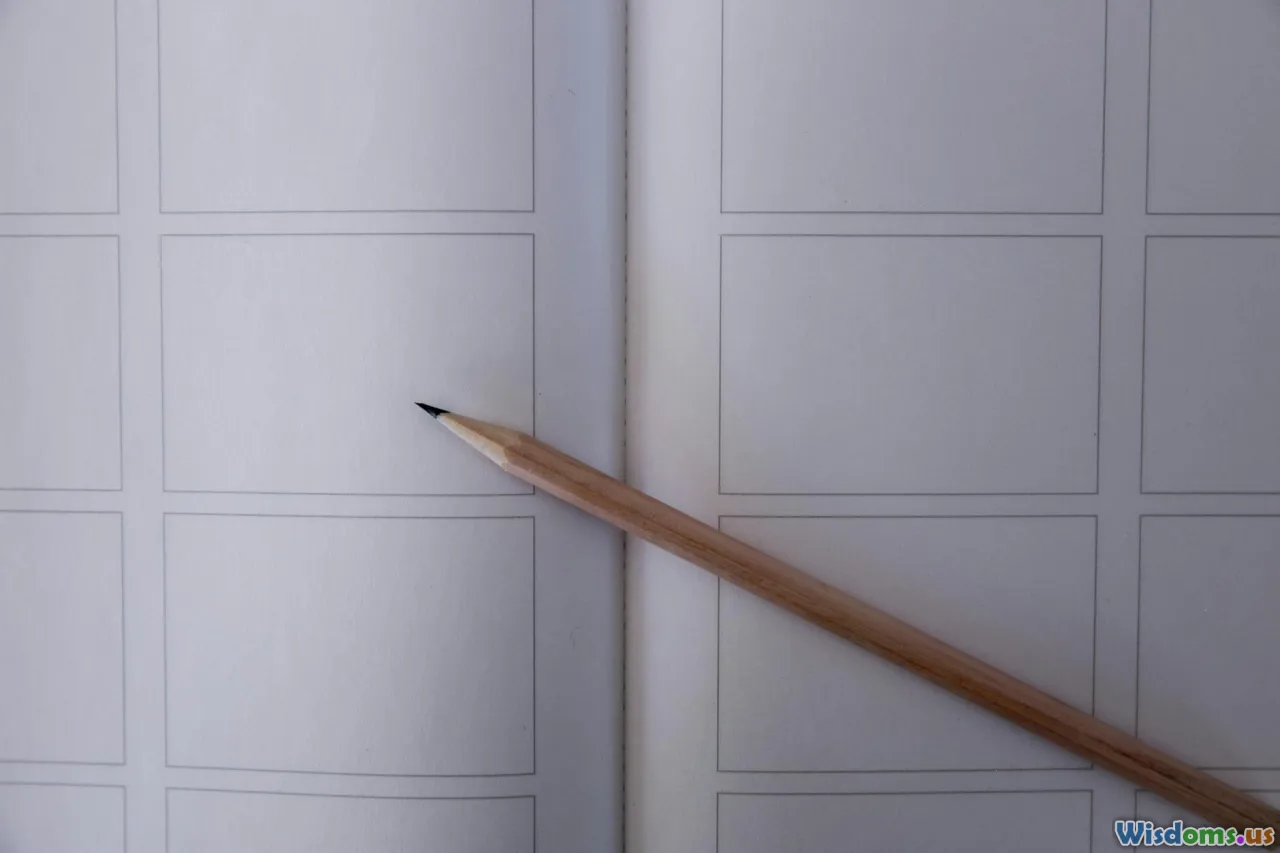
Academic writing often adheres to rigid structures: IMRAD (Introduction, Methods, Results, and Discussion) in scientific work, or the classic five-paragraph essay. Thesis statements, topic sentences, logical transitions, and properly formatted bibliographies are ubiquitous. This predictability allows readers to navigate the argument and independently verify claims. For instance, academic articles employ headings, bullet points, and clear sub-sections to guide skimming and referencing, which is critical in research-driven environments.
Creative pieces eschew formulaic structures for more experimental or fluid forms. Narrative arcs may bend or break convention; poems can tumble down the page or sprawl across metaphors. Creative nonfiction leverages scene setting, dialogue, flashbacks, and nonlinear timelines. When Haruki Murakami fuses realism with surreal elements in his novels, he’s showing not only storytelling versatility, but a willingness to upend expectations of linear narration.
Distinctive Features
- Academic writing: Clear, mapped-out organization; standard formatting and progression.
- Creative writing: Flexible, playful arrangement; endings and beginnings may not be easily defined.
Tone and Language: Precision Versus Play

Tone in academic writing leans toward the formal, detached, and objective. The use of the first-person 'I' is discouraged (or at least tightly regulated), and emotional language is generally absent. Objectivity is paramount because readers rely on the impartial reporting of facts. For example:
"This study examines the correlation between screen time and adolescent sleep patterns in North America, using data from the National Institutes of Health."
This sentence is factual, scope-bound, and neutral.
Conversely, creative writing emboldens authors to take liberties with tone, voice, and vocabulary. Rich imagery, repetition, and figurative devices abound. Emotional resonance and stylistic innovation dominate—think of a Raymond Carver short story, where sentence fragments mimic the halting speech of his characters, or Zadie Smith’s lush narrative voice rich with cultural color.
"The city sang with neon — a feverish, iridescent life that pulsed pink on her eyelids when she closed them against the night."
This line resonates with sensory detail and subjective experience, inviting readers into the writer’s fully imagined world.
In Practice
- Academic writing: Prioritizes clarity, logical progression, precise lexis.
- Creative writing: Values expressiveness, mood, unique voice, and vivid sensory detail.
Evidence and References: Building Credibility

Perhaps the sharpest distinction lies in how each discipline uses evidence. Academic writing is a citadel built on references — every idea, assertion, or counter-argument must be supported by data, quotations, or scholarly commentary. Students must master citation styles (APA, MLA, Chicago, etc.), and failure to cite sources is an ethical lapse that could undermine careers.
Academic papers often include obligatory sections demonstrating source engagement:
Brown, S. (2023). "Digital Literacy and Post-Secondary Learning." The Journal of Modern Education, 17(2), 65-84.
In contrast, creative writers may invent whole worlds or base scenes loosely on memory. Sometimes research underpins authenticity (e.g., historical fiction novelists often consult period journals and maps), but direct citation is rare. Instead, creativity lies in transforming fact into feeling, atmosphere, or theme.
Points to Remember
- Academic writing: Heavy reliance on external sources for authority and validation.
- Creative writing: Authority stems from credibility within the story’s world, not footnotes.
Editing and Revision: Navigating the Drafting Process

Both forms of writing demand revision, but the approach and criteria are distinct. Academic redrafting is rigorous and usually directed toward clarity, factual accuracy, grammar, and logical structure. Feedback cycles often include multiple rounds with peer reviewers, teaching assistants, or supervisors. Plagiarism checkers and copy editors help guarantee objectivity and academic honesty.
Creative writing, while also subject to revision, is filtered through introspection and artistic intention. Edits may focus on rhythm, pacing, emotionality, character motivation, imagery, and even wordplay. A short story may change dramatically through drafts, swapping perspectives, shifting tenses, or even being completely rewritten if the spark of inspiration strikes in a different direction. As author Neil Gaiman puts it, “The process of doing your second draft is the process of making it look like you knew what you were doing all along.”
Practical Advice
- Academic revision: Check logic, references, clarity, formatting, source accuracy.
- Creative revision: Listen for rhythm, trim excess, amplify emotion, and reimagine.
Rules and Conventions: Gateways or Obstacles?

Rules hold differing importance in both spheres. Academic prose exists within strict, sometimes bureaucratic, frameworks — departmental guidelines on structure, style, documentation, and acceptable sources ensure texts meet the field’s collective standards. Extended metaphor or fragmented narrative, unless in literary criticism, are unwelcome. Breaking convention nearly always results in penalties: reduced grades, article rejection, or career repercussions.
Creative writing invites rule-breaking. Rhymes don’t have to pattern, sentences don’t need to parse. Stream-of-consciousness poetry bends grammar and punctuation to evoke unique cadence and feeling (see E.E. Cummings). Nevertheless, disciplined creative writers understand rules first before artfully departing from them — in fact, literary experimentation thrills precisely because it upsets readerly expectations forged by tradition.
Understanding Boundaries
- Academic writing: Rules are a minimum requirement, not an optional suggestion.
- Creative writing: Learn the rules to break them with purpose and panache.
Reader Engagement: Intellectual Versus Emotional Connection
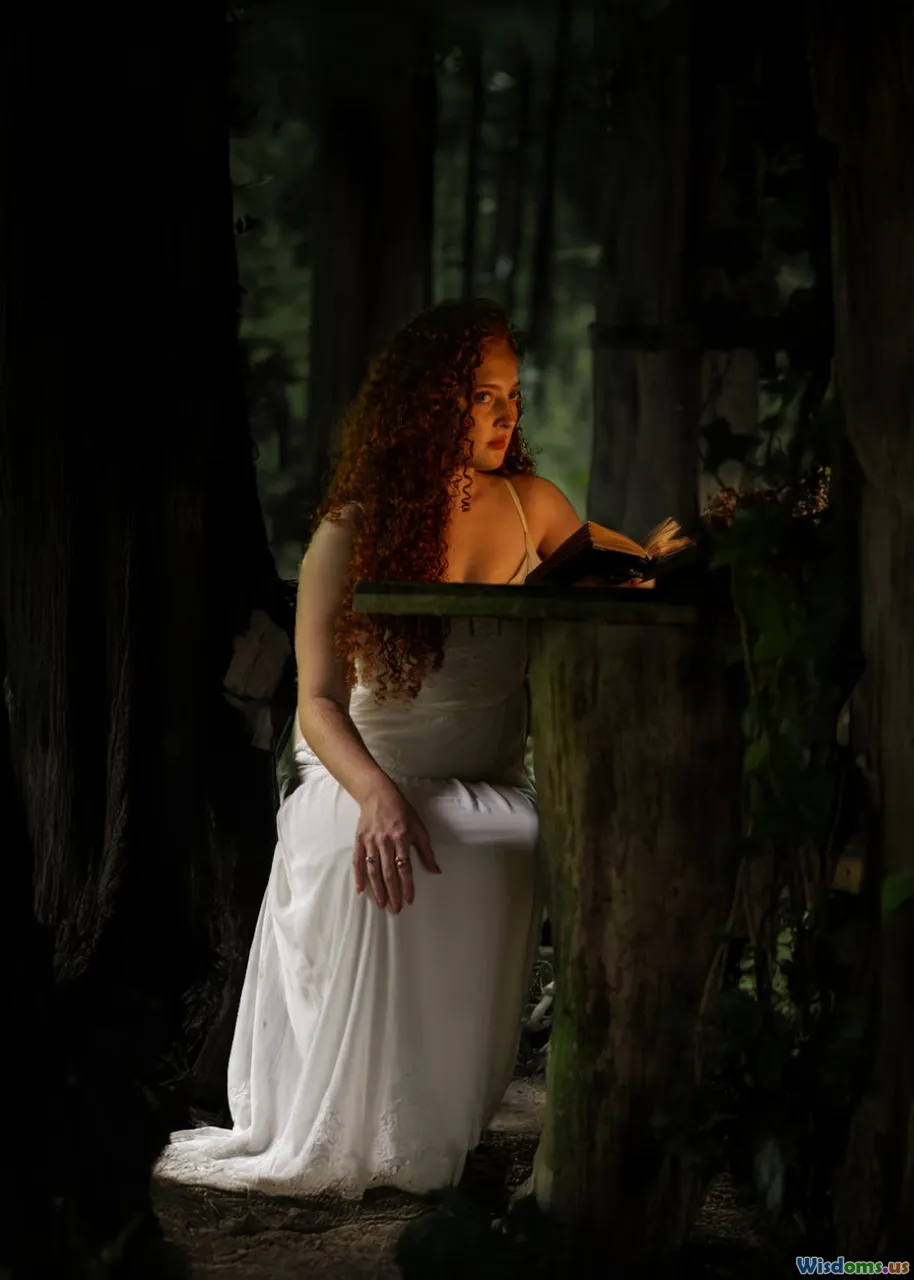
Most academic prose assumes that readers have a primary investment in knowledge — unraveling arguments, challenging ideas, and advancing the discourse. Engagement is fostered through rational persuasion, evidence, and the force of logic. If you write an academic essay about the causes of World War I, your success is measured by your ability to marshal evidence and analyze differing viewpoints.
By contrast, creative writing stakes its power on emotional resonance. A reader will return to Ursula K. Le Guin’s “The Ones Who Walk Away from Omelas” not for empirical proof of its allegory on happiness, but for the moral mystery embedded in the story. Emotional triggers — suspense, empathy, aesthetic delight — are the fuel of creative literature.
Engaging Your Reader
- Academic writing: Establishes credibility and provokes thought.
- Creative writing: Builds memory and empathy; lingers on the heart.
Professional Impact and Expectations

Understanding the boundaries and freedoms of each form is core to professional advancement. In academia, publication demands adherence to conventions and peer review, with promotion often tied to journal citations and accuracy. Essay writing, grant applications, academic critiques, and dissertations are all exercises in evidence-based, clear communication.
Creative writers, whether pursuing literary awards or market publication, are rewarded for originality, style, and insight. Success is measured less by factual reliability than by impact: reader engagement, sales, reviews, and lasting cultural mark. Practices such as submitting to literary magazines, attending workshops, or publishing with small presses depend on a writer’s unique ‘voice’ and willingness to experiment.
Career Development
- Academic writing: Protocols open doors in teaching, research, or policy.
- Creative writing: Boldness and idiosyncrasy build name recognition; flexibility opens doors to media, publishing, scriptwriting, and beyond.
Bridging the Divide: Finding Your Writerly Balance
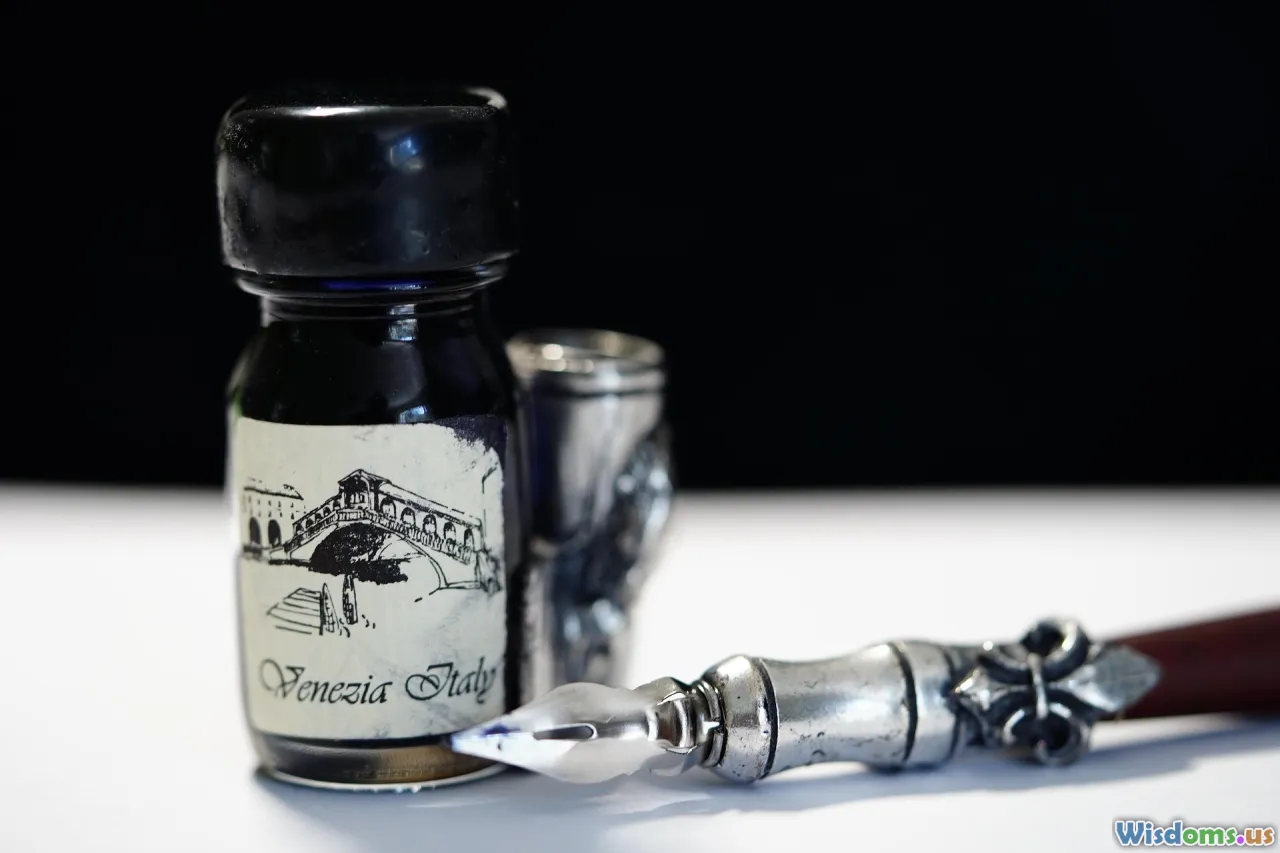
Many accomplished writers bridge these two worlds. Narrative nonfiction, for instance, blends the meticulous research and clear organization of scholarly writing with the atmospheric detail and narrative drive of creative endeavors. Think of Rebecca Skloot’s The Immortal Life of Henrietta Lacks, which rigorously investigates ethical medical history, but reads like a compelling novel.
Academic skills bolster creative writers’ ability to research historical backdrops or develop plausible settings, while creative practice can help academics turn dense reports into more readable — even influential — publications. The TED Talk is a masterclass in yoking scholarly authority to the conventions of storytelling: you can both inform and inspire.
Actionable Tips for Writers: Switching Between Modes
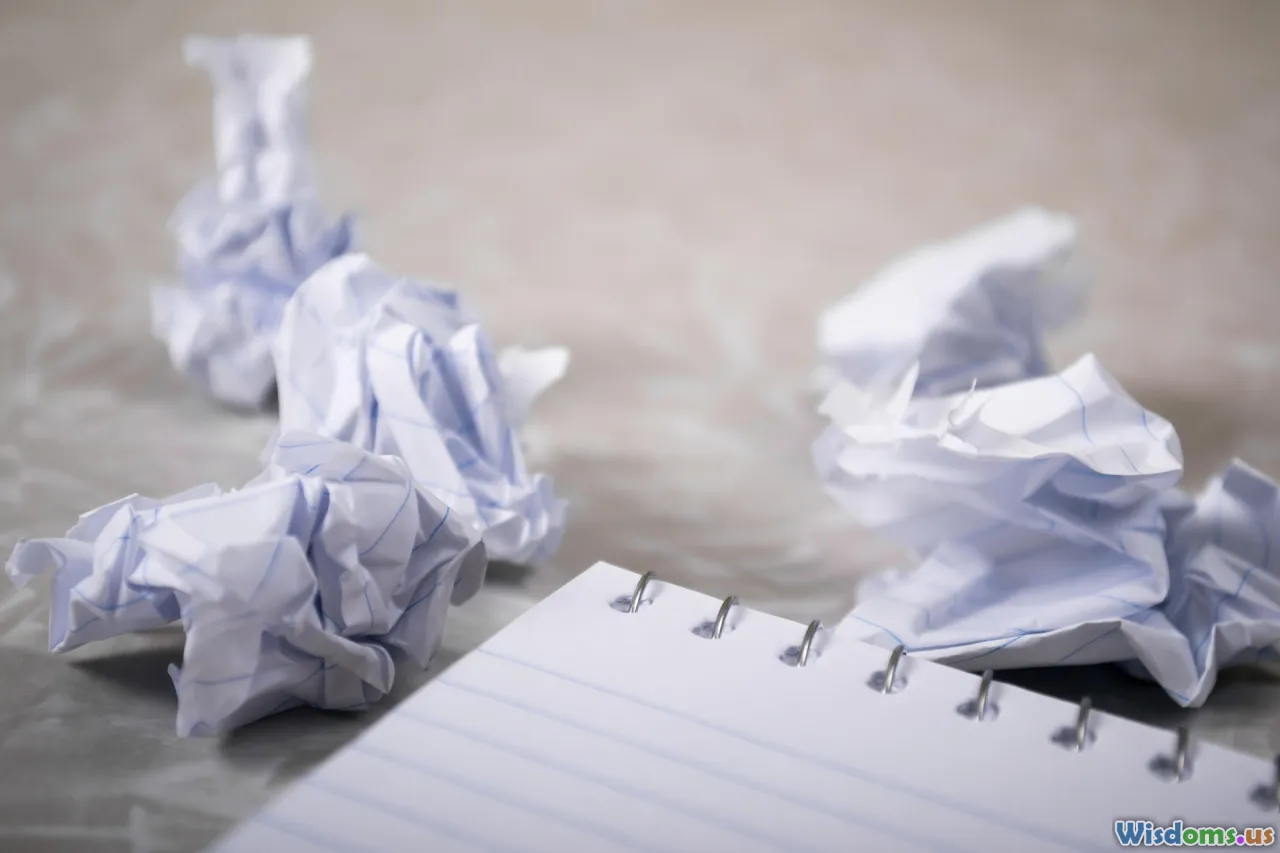
Whether your passion is persuasive argument or evocative prose, you’ll benefit from recognizing and applying elements borrowed from both styles.
For Academic Writers:
- Write for your listener. Challenge yourself to hook readers, even if the topic is weighty. Use examples, analogies, and varied sentences.
- Tell the story of your data. Frame findings within broader significance. Why should someone care about your result?
- Embrace clarity. Ditch jargon where possible. Remember: clear writing is a sign of clear thinking.
For Creative Writers:
- Research for authenticity. Even pure invention benefits from believable detail. Great historical novelists read deeply; sci-fi writers consult scientists.
- Edit like a scientist. Be ruthless with your drafts. Precision and conciseness can make even surreal writing sing.
- Build a toolkit. Learn citation basics for creative nonfiction; study story arcs for better essays.
Through understanding the opposing demands and interlocking strengths of academic and creative writing, you gain more than a set of techniques — you acquire the confidence to adapt, delight, and persuade, no matter your next project. Whether you are analyzing the past or imagining the future, mastery comes through practice, insight, and a willingness to learn from both the steely discipline of the scholar and the soar of literary invention.
Rate the Post
User Reviews
Popular Posts
















